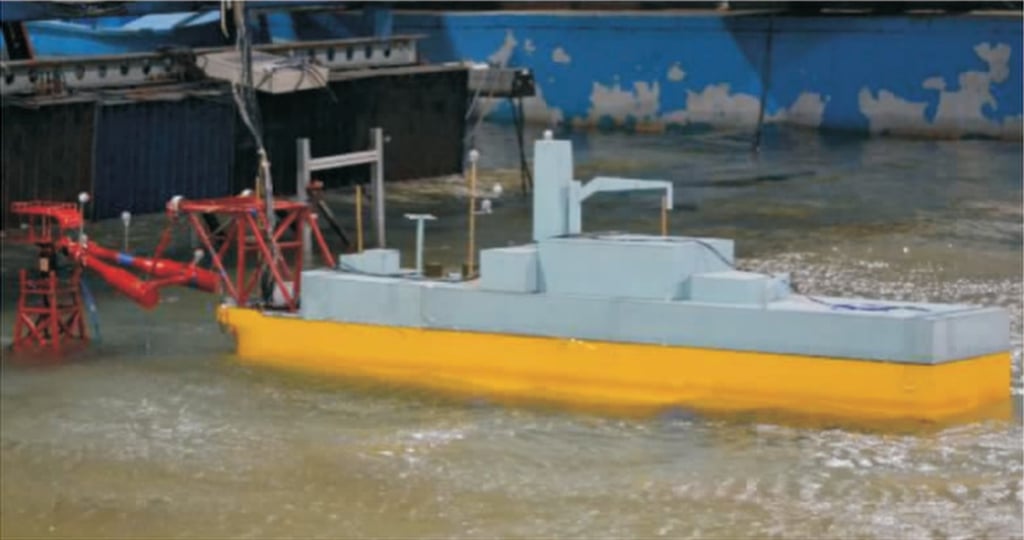China’s first floating nuclear reactor may withstand once-in-10,000-years weather event, engineers say
- Testing at a simulation facility found it could endure hurricane force winds, but its mooring crane would need strengthening
- The 60-megawatt station is being built to power oil rigs and islands off the east coast in the Bohai Sea

But they said the ship-like facility’s mooring crane would need strengthening to avoid the entire plant breaking loose if it tried to ride out the storm at a dock.
The 60-megawatt floating reactor is being built to power oil rigs and islands off the east coast of China in the Bohai Sea, an inner sea where the waters are relatively calm.
At an extreme weather simulation facility in Hubei province, marine engineering scientist Kong Fanfu and a team with the Wuhan Second Ship Design and Research Institute put a scaled-down model of the nuclear plant through its paces.
They concluded that the power station should be able to continue producing electricity during winds of more than 37 metres per second – equivalent to hurricane force or the top level on the Beaufort scale.

The researchers ramped up the artificial wind speed by more than 50 per cent and added other storm conditions including extremely high waves and strong undercurrents, which rarely happen at the same time.